Engineering challenges
The Shenzhen-Zhongshan Link has been recognized by the global engineering community as the second "disappearing bridge" built by China, following the opening of the 55-km Hong Kong-Zhuhai-Macao Bridge in October 2018.
The new link is one of the most challenging cross-sea cluster projects to have been built, and has set multiple construction records in areas such as suspension bridge engineering, tunnel construction and underwater highway interchanges.
The link has garnered global recognition for its innovation and quality, and stands as a testament to China's engineering excellence and commitment to pushing boundaries, according to experts.
In May, the International Tunnelling and Underground Space Association awarded the Shenzhen-Zhongshan Link the title of "One of the 50 Iconic Projects in the Global Tunnel and Underground Engineering Sector".
In June, the project was honored with the George Richardson Award at the International Bridge Conference, receiving high praise from international peers for its engineering innovation and quality. The IBC is recognized as the preeminent arena of the global bridge construction industry.
The undersea tunnel represents a significant engineering feat, and was one of the most formidable challenges of the project. As the world's longest and widest underwater steel shell-concrete immersed tube tunnel, it features a tube section spanning 5,035 meters.
Ning Jinjin, a senior engineer from the First Harbour Engineering Company of China Communications Construction Company (CCCC), said innovation was key to solving problems encountered in such a monumental project.
Ning was responsible for the intricate task of submerging the tube underwater, and emphasized the importance of identifying and resolving issues in a systematic manner.
"For engineers, the challenges encountered in projects are fundamentally straightforward — it's about progressing through the process of identifying and resolving issues, a simple cyclical approach," he said. To overcome logistical hurdles, engineers built a vessel equipped with an automated navigation system to transport the tube from the manufacturing base, situated roughly 50 km from the construction site.
To expedite the tube's movement through the primary navigation channel of the Pearl River, engineers sought ways to control the vessel's speed.
"Solving practical problems lies at the heart of our work," said Ning, who drew on his involvement in the construction of the Hong Kong-Zhuhai-Macao Bridge's undersea tunnel for the latest project.
Suo Xuhong, another senior engineer from the engineering company, said he is proud of the team's utilization of the Beidou Navigation System for precise placement of the undersea tube, which highlighted the accuracy and reliability of the China-developed system.
In addition to the remarkable undersea tunnel, a series of groundbreaking achievements were realized in bridge construction.
The Shenzhong Bridge has set several world records, including boasting the longest span for an offshore steel box girder suspension bridge at 1,666 meters, and achieving the highest navigational clearance of 76.5 meters.








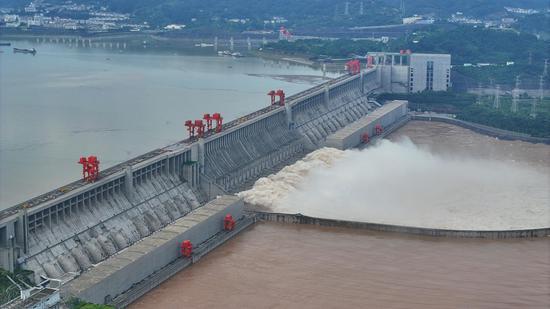


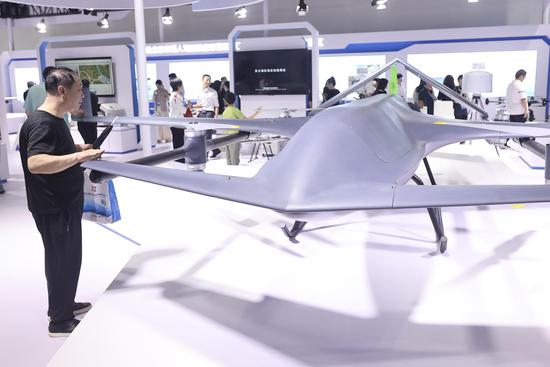



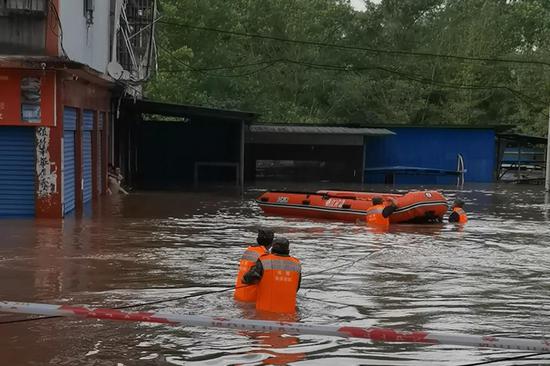
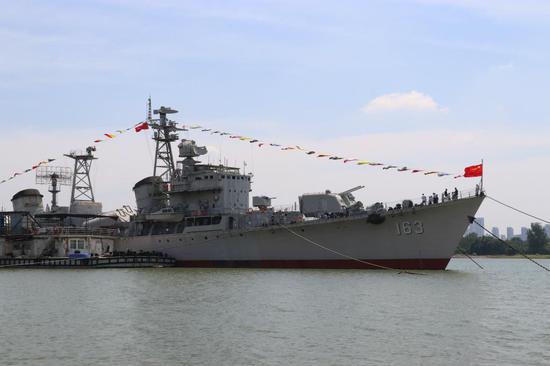





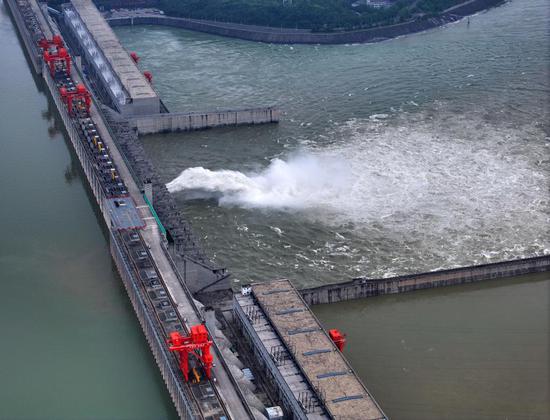
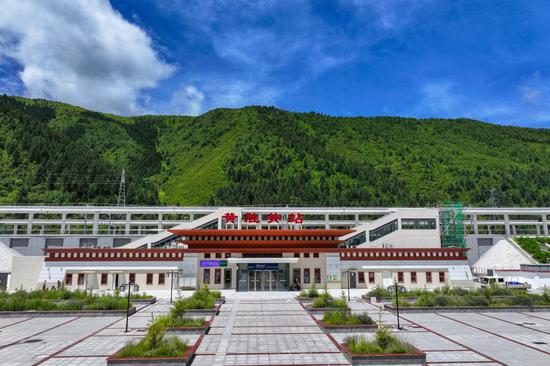
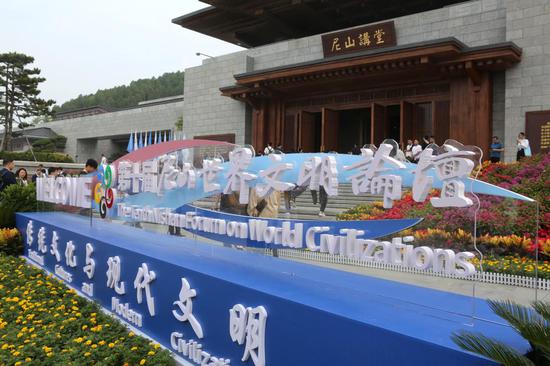





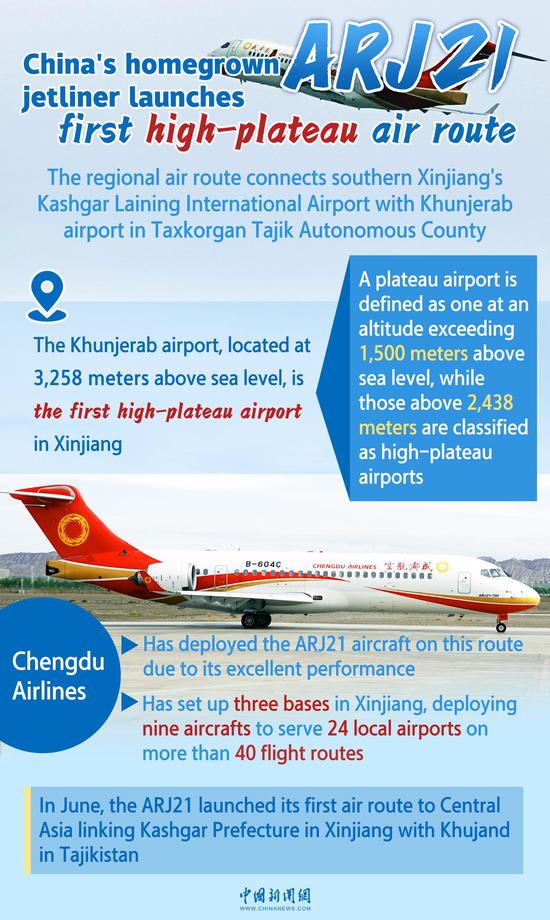

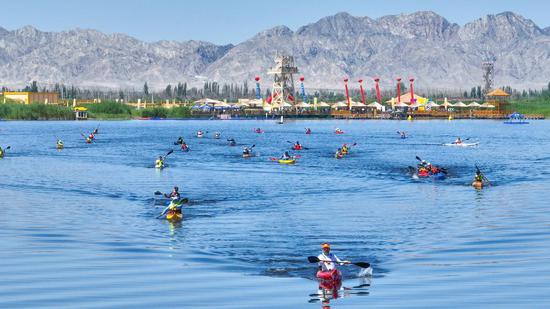
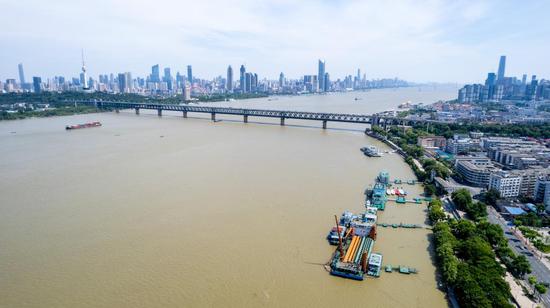




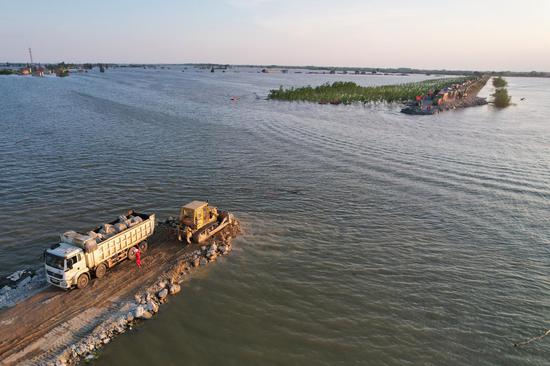











 京公网安备 11010202009201号
京公网安备 11010202009201号